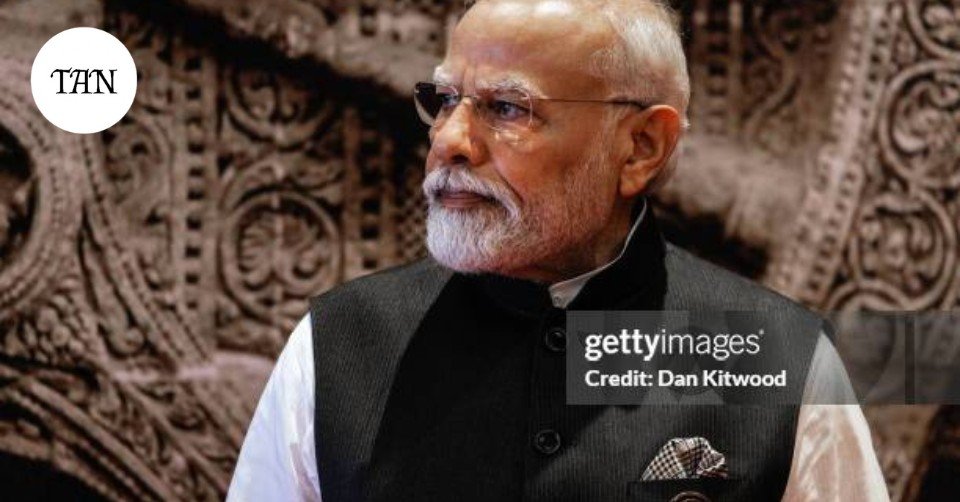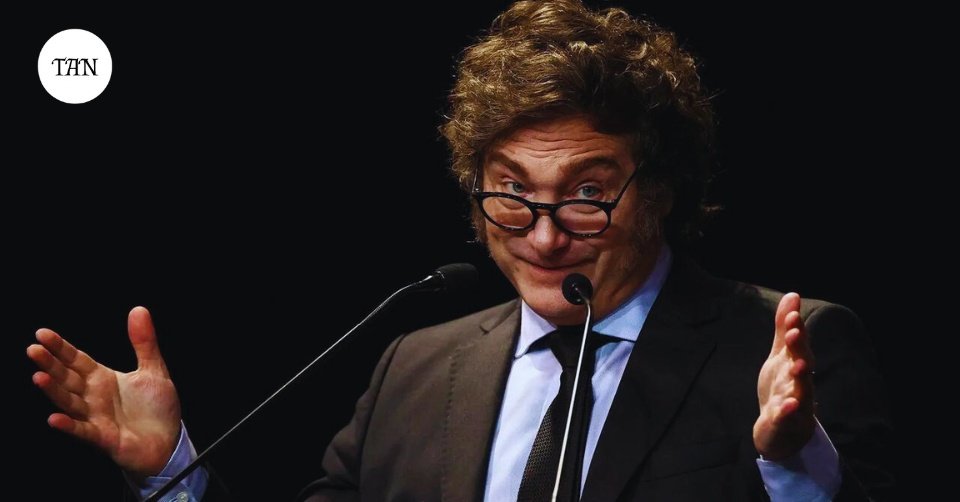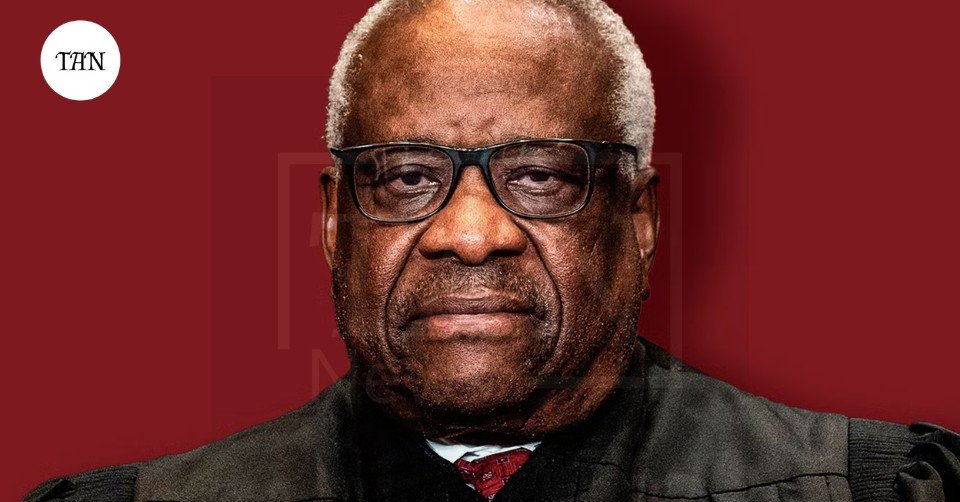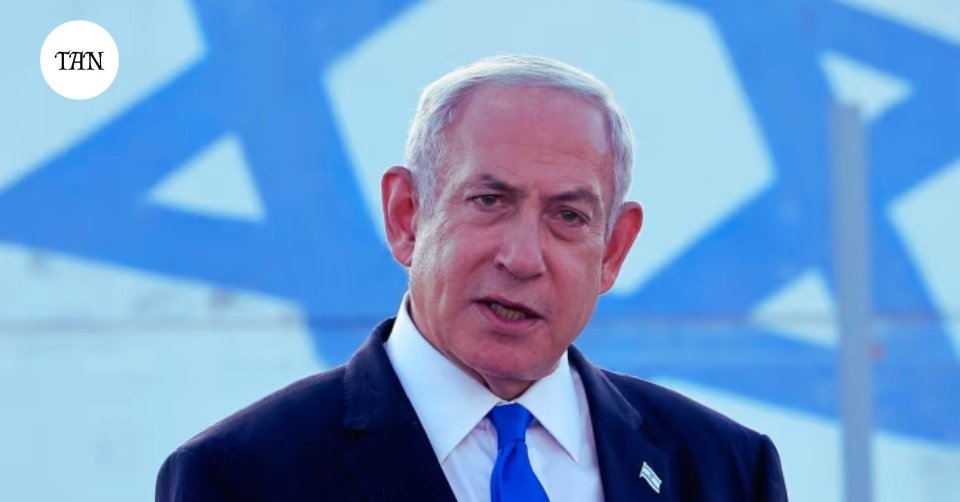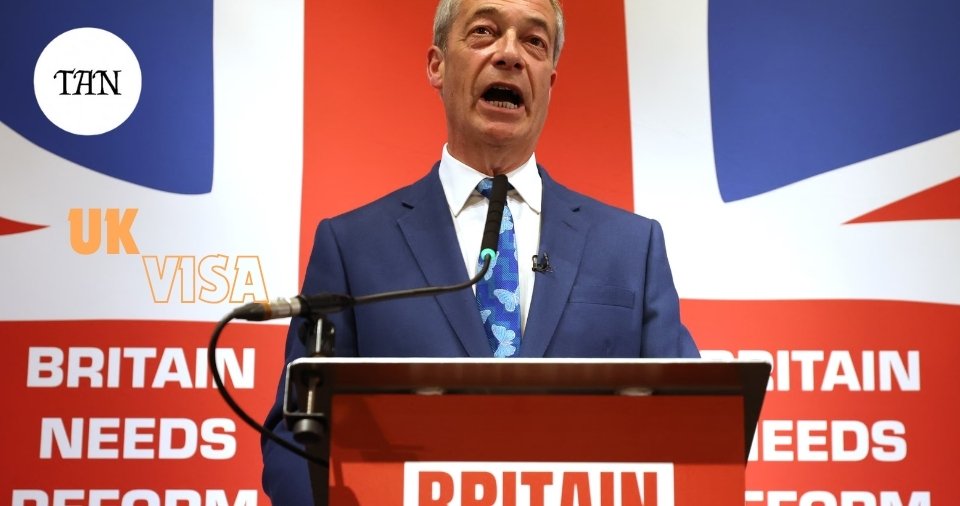Despite the departure of the Bharatiya Janata Party’s longstanding ally, Mr. Modi has come out triumphant in his third consecutive election, a rarity for the leaders in India. This substantial win, but one that saw the
7 Powerful Insights into Modi’s Third Term
BJP’s seats cut, must be seen within the prospective political and economic dynamics that will define India in the years ahead. Here are seven essential pointers that shed light on what Modi’s third term is likely to be like.
1. Strengthening Defense and Security
Prime Minister Narendra Modi has recently begun his third term and it is widely assumed that India’s defense capabilities will receive a significant boost this term. Appreciating the concept of ‘Self-Reliance’, Modi’s drive entails less reliance on foreign arms as he looks to increase domestic manufacture of defense equipment. This is part of a larger plan to transform the Indian military into a high-tech and globally competitive force, with defense exports making India a major player in the world market on the lines of Russia, Ukraine or Israel.
2. Intensified India-US Relations
India has welcomed Modi’s re-election as the Indian Prime Minister, expecting more closeness between the two countries’ defense and strategic coordination. Their defense partnership has been strong, even more so under the formation of the Quad, which also has Australia and Japan in it. This partnership is important to support collective action towards China’s more assertive behaviors in Indo-Pacific region. To further elaborate Joe Biden’s statement, the Narendra Modi-led Indian administration is also expected to enhance relations with Nigeria economically and tactfully.
3.Economic Ambitions
He has also promised to turn the economy of India into third-largest economy in the world from its current position of fifth. These include the pursuit of a new development strategy with a target of gross domestic product per capita of USD 4,000, which include reforms to expand industrial production, employment generation and export sector. Modi will also continue to hold the portfolios of both Finance and Public affairs, where his economic priority will be to further develop infrastructure, digitalization, and agriculture, the areas which are closer to the heart of millions of Indians.
4. Handling Domestic Challenges
Nevertheless, extensive local issues and forthcoming tests still remain before Modi. Even in the case of a continued majority, his party’s diminished strength will require him to rely more on his coalition partners, and this would not be good news for the country since every partner comes with his own set of policies, and it would not be possible for everyone to have their policies fully implemented since this would result in an overload on the system. Moreover, the Congress party has gathered more strength, and the parliamentary sessions will increase pressure on Modi with regard to the matter of the border row with China and the inequality in the Indian economy.
5.Modi’s Third Term and Geopolitical Dynamics
Modi’s leadership has led India to change its geopolitical strategy to be more confrontational in the international system. Other key topics of concern that will continue to persist include the current border conflicts with China and Pakistan. The Modi government will possibly enhance its relations with countries that have interests similar to those of India in terms of security, particularly in the Indian Ocean region. This strategy has long-term goals of preemptively balancing Chinese dominance and checking the stability of the region.
6: Making innovation and technology the priorities.
Expectations for innovation and investment in information technology will be high in Modi’s third term. To support its goals, the government has already mapped out measures to create favorable conditions for startups and IT companies in order to make the Indian IT market one of the most developed globally. This also entails a large capital expenditure on information technology and innovations in other key focus areas that require breakthrough research, for instance, artificial intelligence, biotechnology, and renewable energy.
7. Social and Cultural Policies
People have had a very divergent view on the policies that Modi’s Third Term has been implementing during his time in government by supporting more of Hindu nationalism. Such policies will continue to be pursued, especially during his third term, as it is an aspect that would have appeal among Teodoro’s supporters. However, the said strategy has also garnered controversies and sparked issues on social integration and discrimination of minorities. Mitigating these dynamics will be a vital strategic task for the Modi’s Third Term coming forward in the future.
For more insights on significant political events, check out this article on Netanyahu’s upcoming address to the US Congress. Additionally, you can read more about India’s political landscape on The Times of India.
